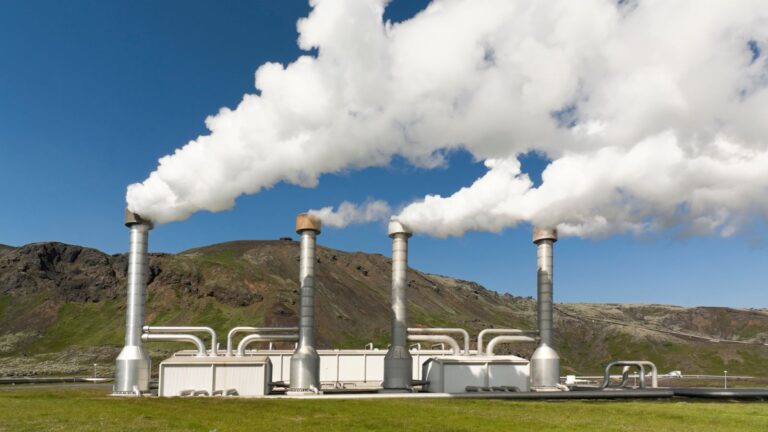This report represents the research and views of the author. It does not necessarily represent the views of the Center on Global Energy Policy. The piece may be subject to further revision. Contributions to SIPA for the benefit of CGEP are general use gifts, which gives the Center discretion in how it allocates these funds. More information is available at Our Partners. Rare cases of sponsored projects are clearly indicated. For a full list of financial supporters of the Center on Global Energy Policy at Columbia University SIPA, please visit our website at Our Partners. See below a list of members that are currently in CGEP’s Visionary Annual Circle.
-
CGEP’s Visionary Annual Circle
-
(This list is updated periodically)
Occidental Petroleum Corporation
Executive Summary
Policy makers, academics, and others have devoted significant effort over the past three decades to considering how best to incentivize households and private companies to reduce their greenhouse gas (GHG) emissions. There has been much less discussion about how best to incentivize state-owned enterprises (SOEs) — companies that are either wholly or majority owned by a government — to cut emissions. Yet when it comes to energy sector GHGs, these state companies are among the world’s leading emitters. They are major emitters at both the country and global levels, notably from electricity generation. In the aggregate, they emit over 6.2 gigatonnes of carbon dioxide equivalent per year in energy sector GHGs, which is more than every country except China. Public sector companies are also major providers of low-carbon alternatives, such as renewables and nuclear power, and importantly, they often operate under incentives that are quite different from those facing their private sector counterparts.
Given the emissions profile of SOEs, the nature of their corporate mandates, and their ownership structure, Columbia University’s Center on Global Energy Policy undertook research to examine how best to engage these companies in efforts to lower greenhouse gas emissions as part of its ongoing work on climate change. The paper explores the role of these public sector companies in climate change, examines the effectiveness of market-oriented solutions such as carbon taxes in changing SOE behavior, and evaluates some other potential strategies for reducing their emissions. In short, the paper finds the following:
- The state-ownership structure of SOEs allows governments to exercise shareholder power to press for the implementation of their climate policy preferences. Providing public sector financing and making associated infrastructure improvements are other ways that a government can encourage its SOEs to invest in low-carbon alternatives.
- In contrast, many SOEs operate with nonfinancial mandates, market protections, and other conditions that limit their responsiveness to carbon pricing mechanisms that are effective in changing private sector behavior.
- There are other ways to alter public sector companies so that they embrace a greener pathway without being directed, especially if a firm’s management determines the pathway will serve its corporate interests. This can be especially important for state-owned companies that have the political weight to resist government climate policy pressures.
- In emerging economies with large SOE emissions and with governments willingly direct their SOEs, using these companies to reduce emissions is a policy tactic that can present implementation and other advantages because it requires the government to target a limited number of companies that the state already owns and controls.
- How much a government prioritizes climate change relative to other goals is the most critical factor that will determine the extent to which its SOEs prioritize low-carbon investments. Successfully merging climate goals into growth objectives, at both the broader economic and the SOE-company levels, increases the likelihood that a state company will engage in the low-carbon transition in a sustained manner.





